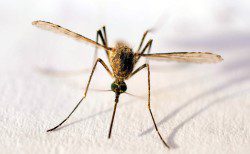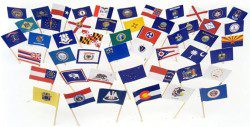 By Jim Stevenson
By Jim Stevenson
(1) Many thanks to the GOS Chairman Richard Mayfield for all his ornithological leadership, once again in evidence in his handling of the Galveston Christmas Bird Count. Thank you Richard! (2) Many apologies to Director Julie Ann Brown and the FeatherFest leadership as the GOS managed to place LAST YEAR’S FF ad in the Gull’s Winter Edition. There’s just no excuse for that and I am very sorry. (3) Exciting news! I will be resurrecting the old Galveston Bird Club AND THE Mainland Bird Club this March, with occasional meetings, free field trips and a brand new research project on circum-Gulf migration!
Attention: All orders for books, etc., have been mailed this week. If there are ANY problems (damage, incorrect order filled, wrong price [on the envelope beside your name], books unsigned, etc.), please tell me so I can make it right.
This Gallery is on large shorebirds, and this one was scaled down a bit for you beginners. Happy learning! (2013-12-24)
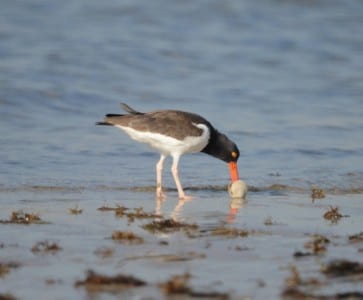
Their bills are compressed, shaped like a knife. They slip it through the matching shells of a bivalve and cut the adductor muscle; then when it falls open, they eat the soft-bodied animal that’s exposed.
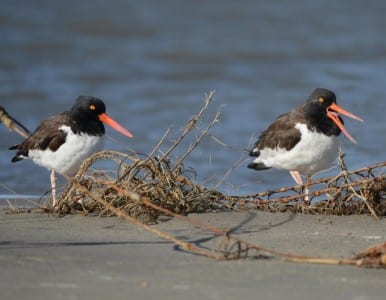
Most shorebirds are relatively quiet, or have nondescript calls, but oystercatchers scream like bloody murder.
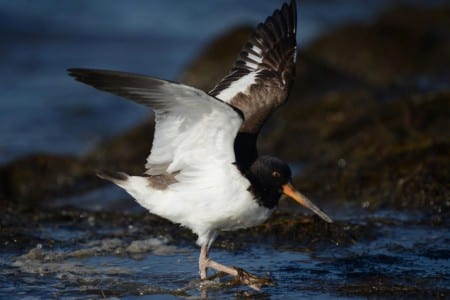
Half of the World’s oystercatchers are white underneath and live where there are mostly sandy shores, while the other half the species are black and live on rocky shores.
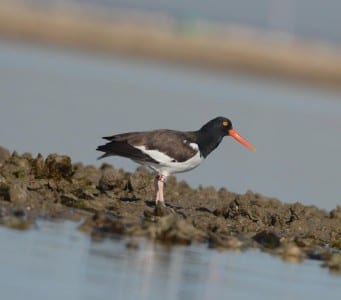
There are quite a few oystercatchers in Galveston Bay that live primarily on oysters when the tide is low enough they can reach them. Tough life.
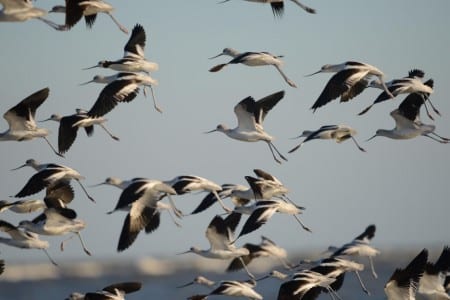
At certain angles the black on the axillaries cannot be seen in the air. Photographers: Try to take the picture before the bird passes you.
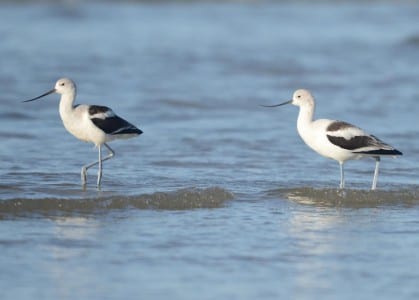
There is no color difference between the sexes in avocets but the female’s bill is more curved up. Unlike politics, she’s the one on the right.
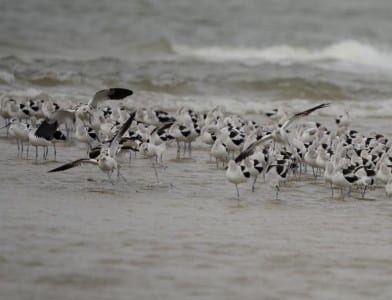
These avocets, which are obviously in winter plumage as they lack the beige head and neck, are moving around with the incoming tide.
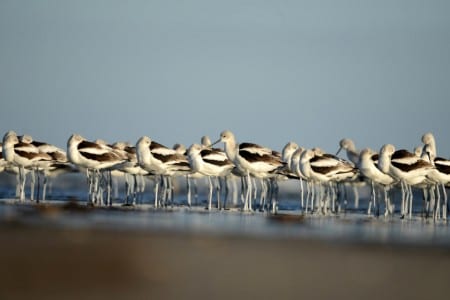
You photographers, ground-level images are very pleasing to the eye, although you might get your shirt a bit dirty.
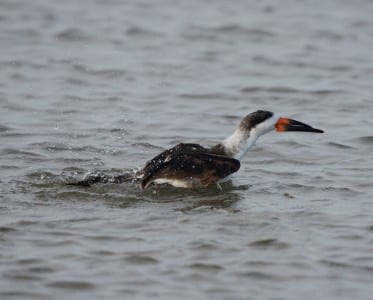
Birds love to bathe and this skimmer is having a big time. Birds struggle to keep mites and such out of their feathers.
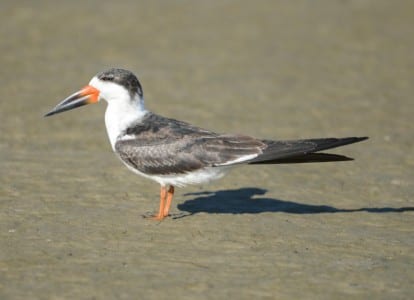
This immature skimmer shows off the unique bill, with the lower mandible being longer than the upper. This allows them to skim the water picking up minnows.
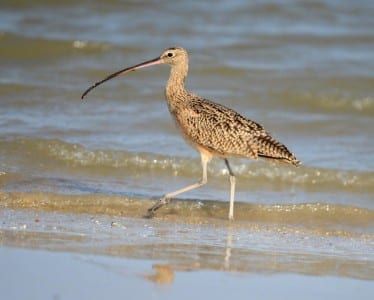
Nowhere has more Long-billed Curlews in winter than the Upper Texas Coast, and this female reeeeeally has a lengthy beak!
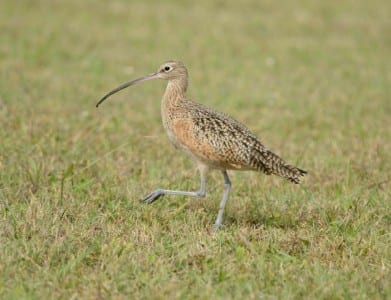
Aside from oyster bars, Long-billed Curlews also forage in salt marshes, pulling up fiddler crabs. Whimbrels do in spring, but the crab genus Uca are too far down for Whimbrels to reach in winter.
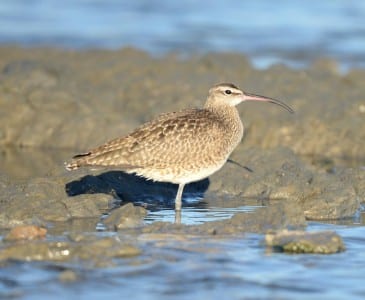
A very similar sandpiper is the Whimbrel, normally a spring migrant near salt marshes. They do winter in small numbers with the preceding species on oyster bars in Galveston Bay. I was skeptical about this before I saw it with my own two eyes.
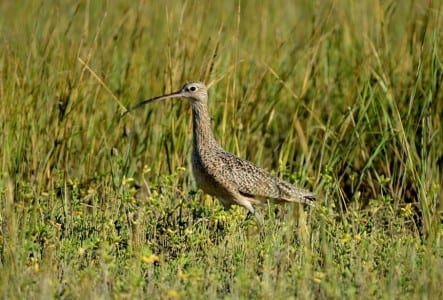
Aside from oyster bars, Long-billed Curlews also forage in salt marshes, pulling up fiddler crabs. Whimbrels do in spring, but the crab genus Uca are too far down for Whimbrels to reach in winter.
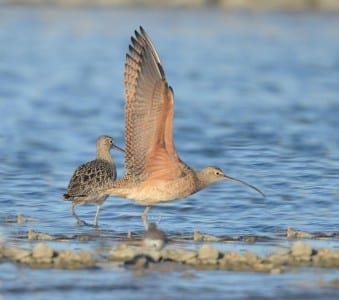
Few birds are as showy as a LB Curlew with her wings out. This color is helpful for birds like these and godwits which nest in the short grass prairies of the West.
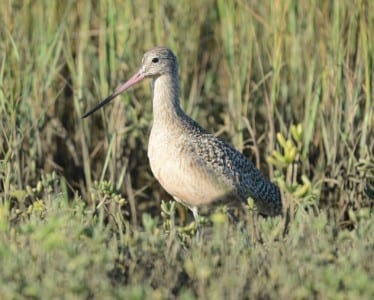
Godwits’ bills curve up slightly while curlews’ beaks curve down. Their colors are very much similar.
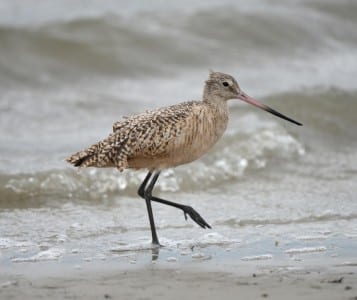
Godwits work the shorelines for coquina and mudflats and lawns for worms. They feed totally tactile.
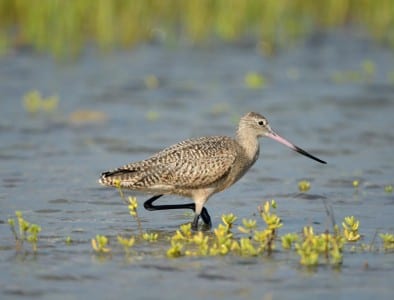
During high tide, godwits leave the shoreline and work the marshes. They and curlews have the longest bills of any of the sandpipers.
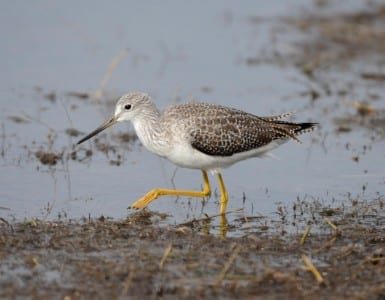
Yellowlegs are fairly tall sandpipers with very yellow legs. Greaters (above) are near ly Willet-sized with very long bills and common in the winter. Lessers (below) have shorter bills and are about the size of a tall Killdeer. They flock more and their flocks are usually going and coming from the Tropics, as they are fairly scarce in the winter.
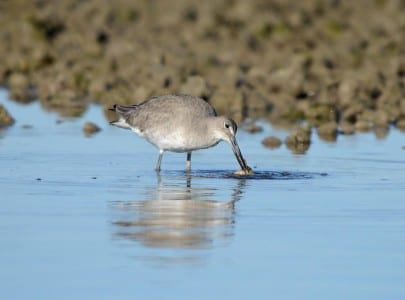
Fall and winter we have Western Willets and they are primarily aquatic feeders. This one is tearing the appendages off a swimming crab (Portunus).
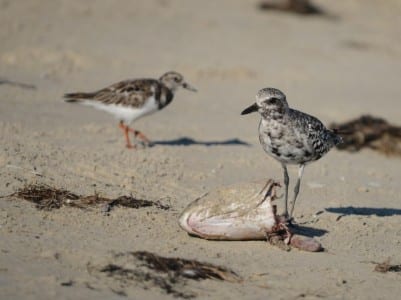
Plovers, like this changing Black-bellied, have short bills and are visual feeders. The Ruddy Turnstone in the background is actually a sandpiper but its ecology is ploverish and its external body has changed in that direction over the eons.
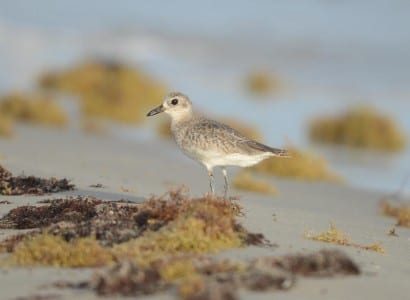
Immature Black-bellied Plovers remain in juvenile plumage until somewhere between Thanksgiving and Christmas

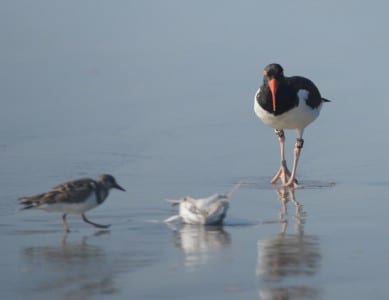
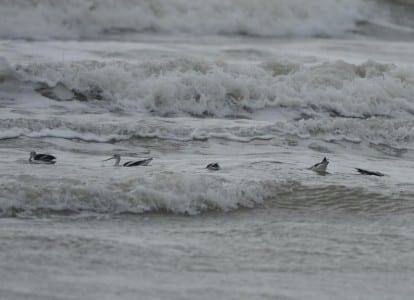

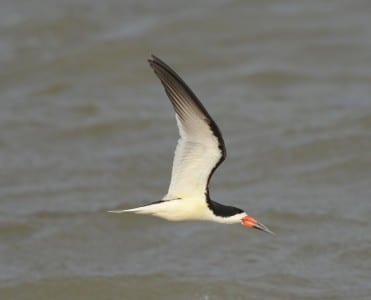
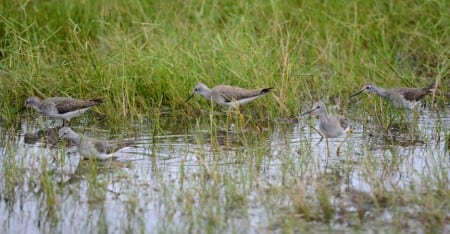
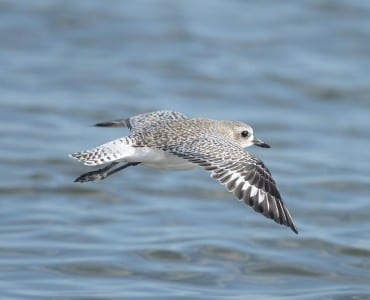
 Posted in
Posted in 




